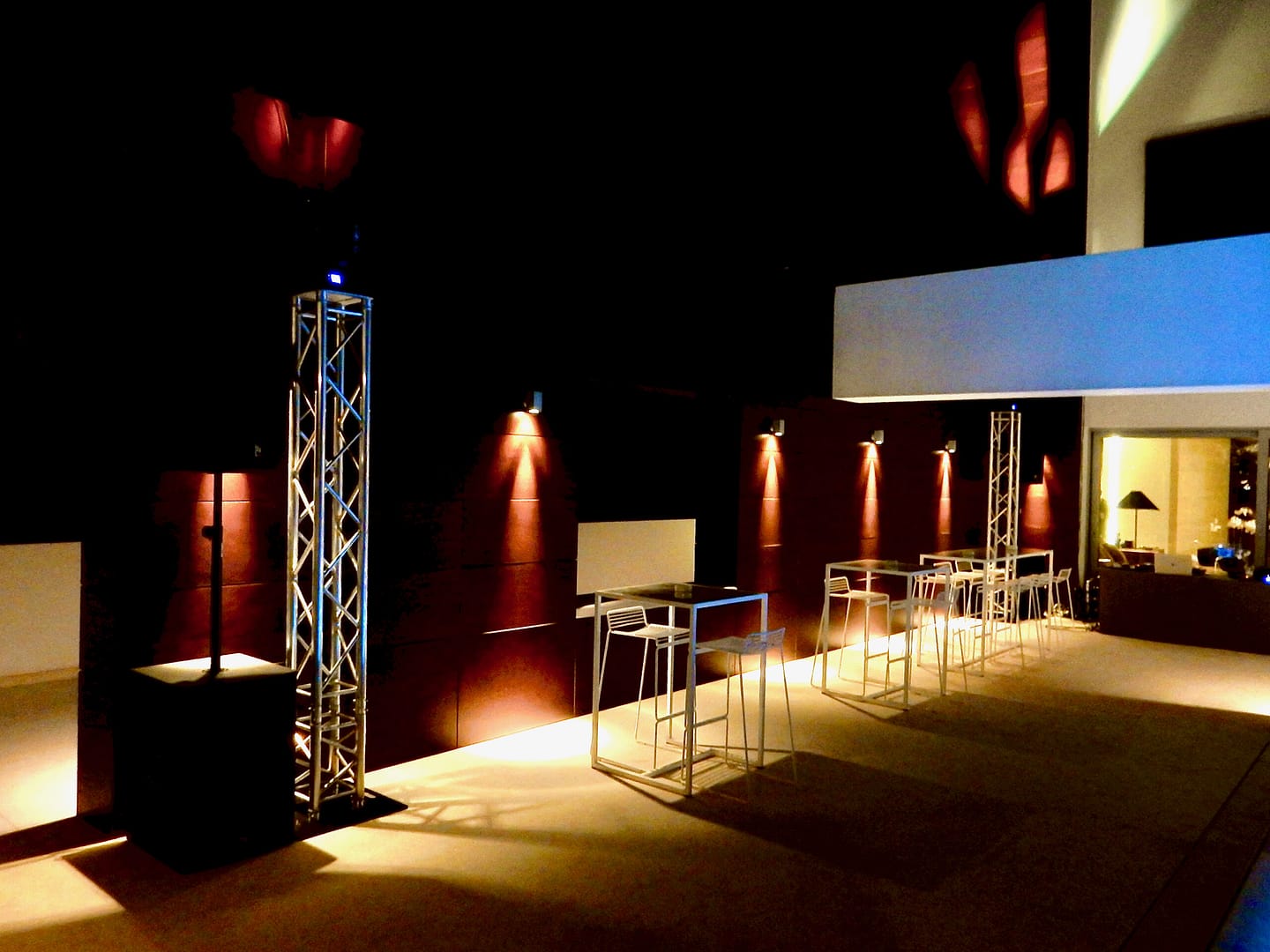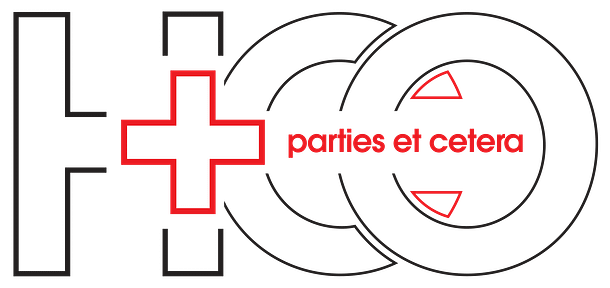3D TRUSSING CONSTRUCTION DESIGNS
We have pre-designed numerous trussing systems in order to give you a head-start in selecting yours. These are all showcased in the following image sliders for each possible application. The scaled human models added to each 3D design have been included to assist you in perceiving the real-life dimensions of each structure.
All the exhibited constructions can, of course, be further customized in shape and dimensions on request; while a completely different system may be designed for you from scratch and built to accommodate very specific functional and/or decorative needs.

(A) Support Trussing Systems
A Support trussing system is a construction built with three or more legs (depending on its configuration/design); usually four or more. As opposed to one-sided Goal Post trusses, and to Truss Totems, the positioning of the truss legs in a Support system stabilize and balance the entire construction out.
Beyond the most commonly used – trapezoidal – design (the first system displayed in the image slider below), there are many alternative ways that we can customize your construction to bestow uniqueness upon your function or soiree, while maintaining the same core functionality of a regular trussing system. Or even adding to it, depending on your requirements.
i. Support trusses: Main and/or Dance Floor area coverage
ii. Support trusses: Entire venue coverage

(B) One-Sided trussing constructions & Goal-Post trusses
A One-Sided trussing system is a construction that is built on the “sidelines” of the venue and therefore does not create an overhead framework as a Support truss does.
In contrast to the Support Trussing category above which is customarily built to encompass and “enclose” the area while providing the suspension points for lighting/sound equipment (and for everything else described in the previous section); One-Sided constructions will offer similar benefits to Support ones, but from only one, or two, sides of the venue. And though the lighting units will be constrained to one-sided beam emission in this case, the main advantage of one-sided constructions is that they are aesthetically less “intrusive’ in the said venue areas.
Emphasizing the truss’ existence, or playing it down, remains a matter of personal taste. Both are options, and both have their own advantages.
The following image slider exhibits various pre-designed one-sided trusses.
*Please note that due to restrictions of the 3D truss-desiging software we use, extra-large base plates, and leg-stabilizing braces that we use for non-support trussing structures cannot be displayed here as they do not exist as 3D models. The last (Goal Post) truss system exhibited in the below slider, for example, is likely to include the aforementioned base plates and braces instead of the cumbersome horizontal truss pieces that are depicted in it.

(C) Truss Totems
Truss totems are single, stand-alone, vertical truss pieces typically positioned peripherally around the event venue to elevate various lighting units, smoke machines and other fixtures. To maximize their stability they stand on large and heavy metal base plates, allowing them a maximum height of 2.5m. Should higher Totems, or mid-area installation be required, either the screwing of the base plates to the subfloor, or the use of diagonal stabilizing braces, is mandatory for safety reasons.
As is the case with One-Sided truss systems, the extra-large base plates, and leg-stabilizing braces that we use for non-support trussing structures cannot be displayed as a 3D design here, as neither of these stabilizing elements that are used exist as 3D models in our truss desgining software. They are, hence, altogether omitted as a 3D design category here. Please ask us to, instead, show you images of real-life setups for this.
The following image, from a past event setup, shows 2 totems with medium-sized base plates installed on the far side of the area, close to a wall.


